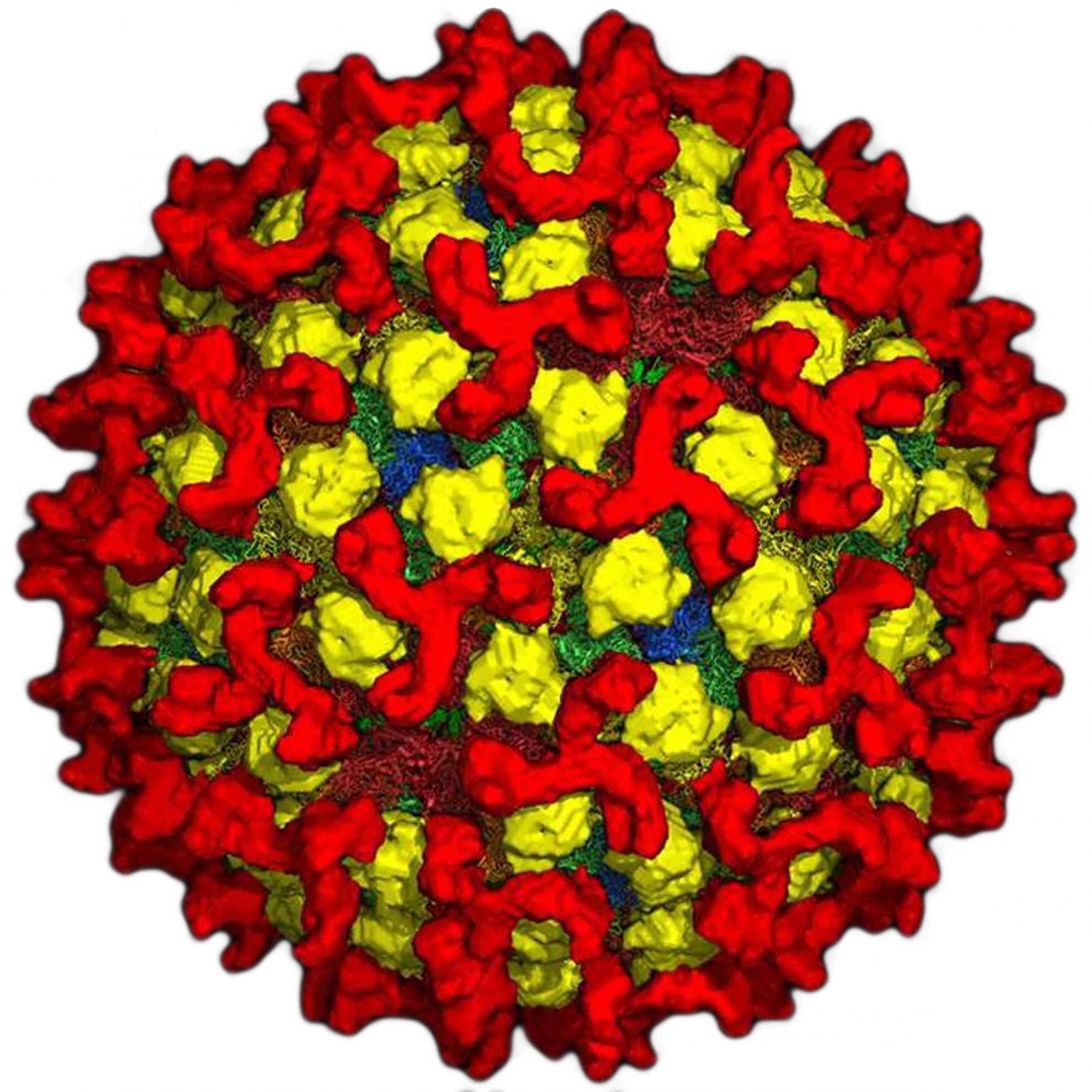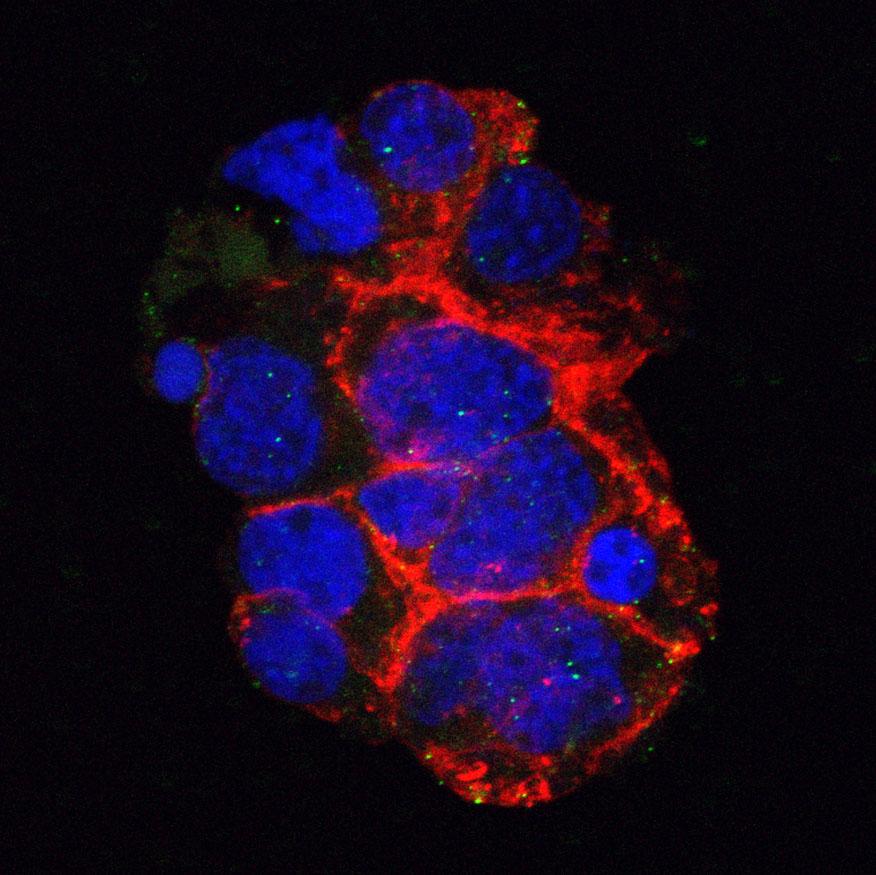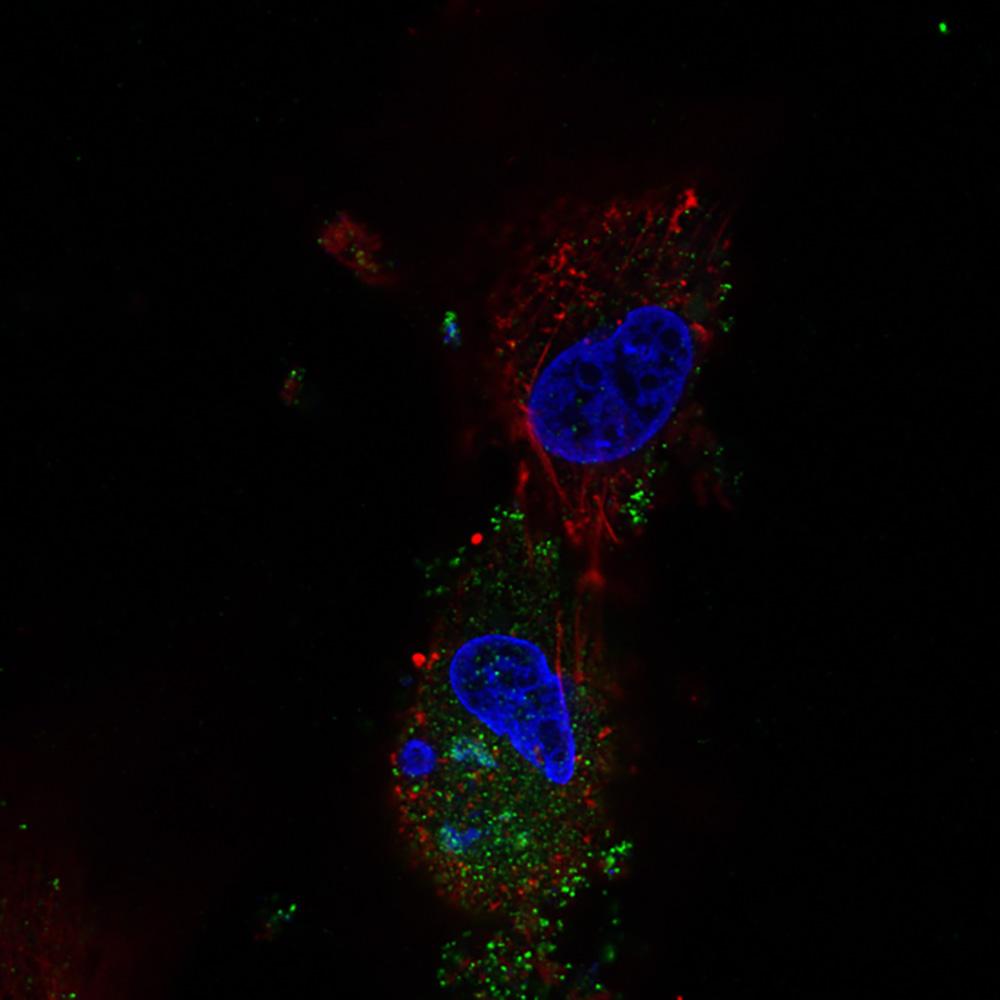Use of the Capripoxvirus homologue of Vaccinia virus 30kDa RNA polymerase subunit (RPO30) gene as a novel diagnostic and genotyping target: development of a classical PCR method to differentiate goat poxvirus from sheep poxvirus
Sheep poxvirus (SPPV), Goat poxvirus (GTPV) and Lumpy skin disease virus (LSDV) are Capripoxviruses (CaPVs) responsible for causing severe poxvirus disease in sheep, goats and cattle, respectively. Serological differentiation of CaPVs is not possible and strain identification has relied on the implicitly accepted hypothesis that the viruses show well defined host specificity. However, it is now known that cross infections can occur and authentication of identity based on the host animal species from which the strain was first isolated, is not valid and should be replaced with molecular techniques to allow unequivocal strain differentiation. To identify a diagnostic target for strain genotyping, the CaPV homologue of the Vaccinia virus E4L gene which encodes the 30 kDa DNA-dependant RNA polymerase subunit, RPO30 was analyzed. Forty-six isolates from different hosts and geographical origins were included. Most CaPVs fit into one of the three different groups according to their host origins: the SPPV, the GTPV and the LSDV group. A unique 21-nucleotide deletion was found in all SPPV isolates which was exploited to develop a RPO30-based classical PCR test to differentiate SPPV from GTPV that will allow rapid differential diagnosis of disease during CaPV outbreaks in small ruminants.
Back to publications


